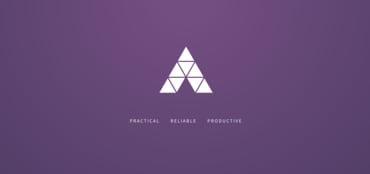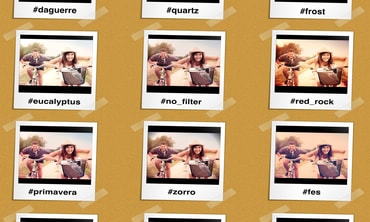Even though Node is fun, easy and cheap to work with, we spend a lot of time writing boilerplate codes because structure and organization is missing.
What happened to Convention Over Configuration?
While Node is simple, it requires you to make a lot of decisions, which ultimately causes confusion because it leaves you with several options. Languages like PHP, Ruby, C# and Python have one or more Molde-View-Controller (MVC) frameworks, such as Laravel, Rails, ASP.Net and Django. These help developers to achieve structure and write maintainable code with these languages. That was not the case for Node until AdonisJs was introduced.









